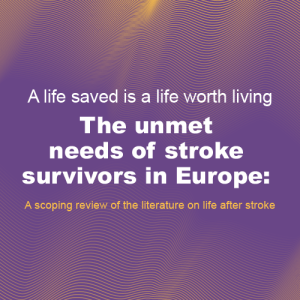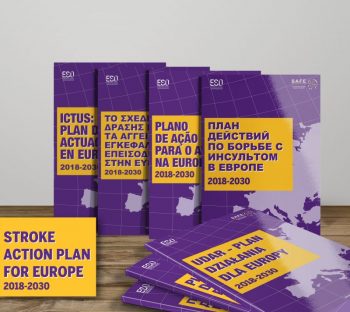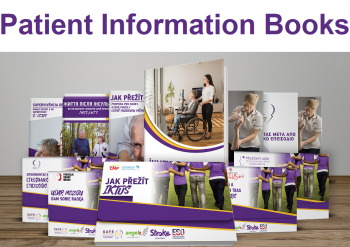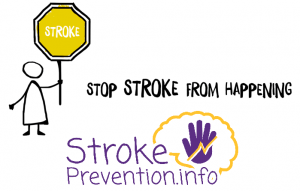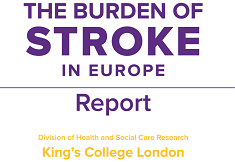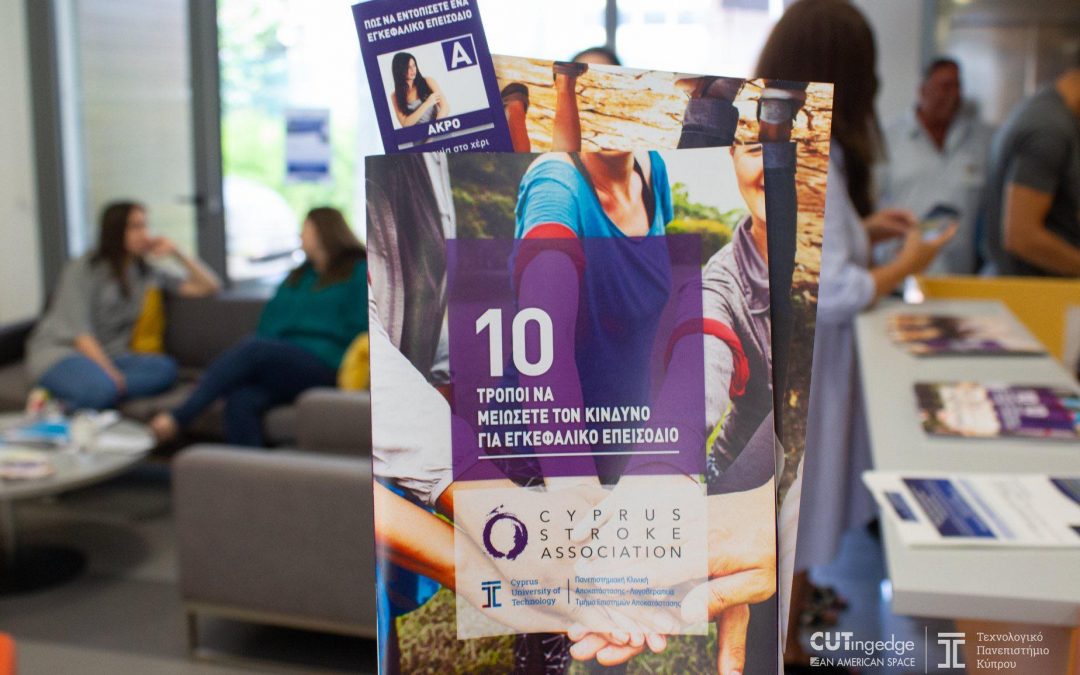
May 19, 2020
We recommend to your attention the video of Alexia Kountouri, the Stroke Ambassador of the Cyprus Stroke Association.The video was made as part of the raising awareness campaign for this year’s European Stroke Awareness Day.
Alexia has survived a stroke at the age of 28. She explains how stroke has changed her life, and the time she and her family needed to accept her new self after stroke. Alexia talks about her mobility issues, aphasia, and how she managed to be independent again. She is an inspiring woman, who shows that life goes on no matter what!
For more information about the Cyprus Stroke Organisation and their activities, please visit https://stroke.org.cy
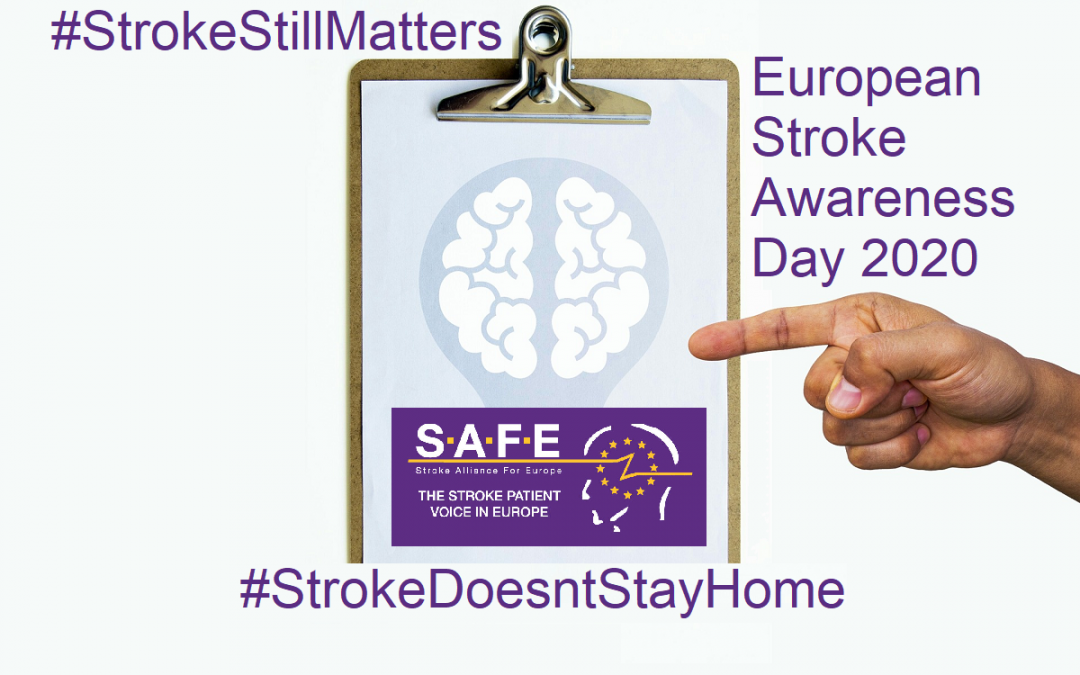
May 12, 2020
As we wake up today, we know the devastating impact the Covid19 pandemic is having around the world. Our thoughts and prayers go out to those affected and the healthcare workers looking after them.
Today on European stroke awareness day we must also remember the devastating impact that stroke has every single day of every single year. Stroke can happen to any one of us and delaying treatment can cause serious lifelong disabilities.
Today on European stroke awareness day we urge anyone who has any symptoms of a stroke such as numbness or weakness of face, arm or leg (especially on one side of the body), vision problems, loss of coordination, confusion or trouble speaking or understanding, to go to hospital ASAP – the health system is still there for you. Please do not suffer alone. Your life could be saved.
Today on European stroke awareness day we also call for governments across Europe to ensure that all health conditions – infectious and non-infectious – are treated equally. Covid19 is casting a very long shadow and we cannot allow our healthcare to fail our citizens.
#StrokeDoesntStayHome #StrokeStillMatters
Support the Stroke Action Plan for Europe
Information on Covid19 and stroke
Follow us on Facebook
Follow us on Twitter
About SAFE
This Report was commissioned by Stroke Alliance for Europe (SAFE), a non-profit-making organisation that represents a range of stroke patient organisations from across Europe, whose mutual goal is to drive stroke as a topic up the EU and national political agendas. SAFE aims to decrease the number of strokes in Europe by advocating for more patient-centered research, better prevention, access to adequate treatment and a life after stroke worth living. Since 2004, project by project, SAFE is raising awareness of the major impact stroke has on individuals, families, countries and, finally, on the entire economy of Europe.
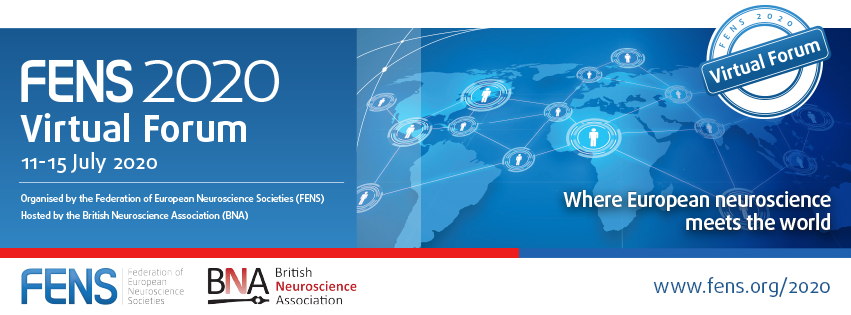
May 7, 2020
The FENS 2020 Virtual Forum will feature the same high quality scientific programme and provide delegates with exciting opportunities to learn, interact, grow and network.
Following the live event, an extended on-demand access of three months will allow delegates to go back and enjoy all sessions and events.
There is still time to take part and share your research: abstract submission and early registration have been extended until 18 May 2020.
More information www.forum2020.fens.org
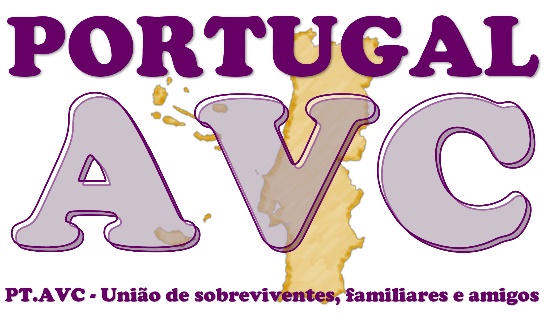
May 7, 2020
Press release by Portugal AVC
The Portuguese association of stroke survivors – PT.AVC – cautions about the consequences of the current health crisis on stroke care. Stroke is the first cause of death and disability in Portugal.
In a survey performed between 20th and 27th April and to which 868 Portuguese stroke survivors responded, 91% of all patients indicated for rehabilitation treatment reported that they had to stop or were unable to start this intervention. This is particularly worrisome as there is compelling evidence that delays in rehabilitation are associated with a greater likelihood of long-term disability, thus undermining social integration and leading to worse quality of life.
Moreover, only 15% of the respondents had their follow-up medical visits since the beginning of the pandemic and, amongst those stroke survivors still under medical attention, about half had also their scheduled medical examinations cancelled or postponed.
Overall, about one third of the respondents reported felling that their health was worse or much worse than before the outbreak and, among those who had a stroke within the previous year, this proportion raised to 50%.
Most of the participants confirmed several complaints, such as feeling anxious, experiencing worsening of motor and/or speech difficulties and increased concerns with regards to recovery and risk of stroke recurrence.
Importantly, 38% stated that the current situation is having a negative effect on their financial situation, which we know is often already impaired.
PT.AVC thus emphasises that, during the reopening phase that is now starting, investment in expansion, adaptation and reorganization of rehabilitation services is imperative, with maintained quality. The Portuguese association of stroke survivors also highlights that all efforts have to be done to maintain rehabilitation care, which should be considered in future decisions as an essential health service for priority cases, and warns stakeholders that it is crucial to avoid the serious consequences that inappropriate stroke care has in the prognosis of affected patients, which can potentially lead to even more devastating consequences that those related with the coronavirus infection itself.
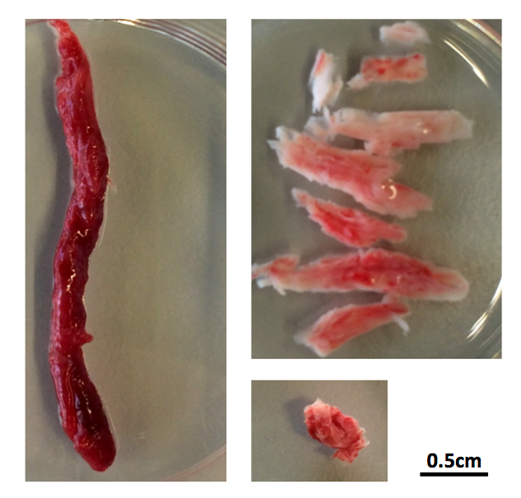
Apr 15, 2020
 The EU funded TENSION project examines the effects of mechanical clot retrieval in a large group of patients in whom the benefit of thrombectomy is uncertain. TENSION studies if it is safe and effective to do thrombectomy in patients with so-called ‘extended lesions’, that is, larger areas of damaged brain when compared to the previous studies. Patients are also able to enroll in the trial up to 12 hours after their symptoms first showed. This extends the treatment to a larger group of patients: including, for instance, more of those who have a stroke during the night-time and are more likely to be delayed in getting to hospital. We interviewed Dr. Claus Simonsen from the Department Of Neurology, Aarhus University Hospital, Denmark.
The EU funded TENSION project examines the effects of mechanical clot retrieval in a large group of patients in whom the benefit of thrombectomy is uncertain. TENSION studies if it is safe and effective to do thrombectomy in patients with so-called ‘extended lesions’, that is, larger areas of damaged brain when compared to the previous studies. Patients are also able to enroll in the trial up to 12 hours after their symptoms first showed. This extends the treatment to a larger group of patients: including, for instance, more of those who have a stroke during the night-time and are more likely to be delayed in getting to hospital. We interviewed Dr. Claus Simonsen from the Department Of Neurology, Aarhus University Hospital, Denmark.
SAFE: If you were to explain the project’s aim to a person without any medical background, what would you say?
CS: Stroke treatment is advancing. The majorities of stroke are caused by an occlusion of an artery. Removal of the clot/occlusion means that the patient will do much better. If the clot is big, we can remove it with a catheter. This is a great idea, if the damage to the brain is small. If there is more advanced damage, we don’t know, if the patient benefit from removal of the clot. The project will try to prove, that these patients also benefit. Then we can treat and help more patients.
SAFE: What types of partner do you need to carry out a project like this?
CS: To be a partner in the project, you need to have a thrombectomy centre. And you probably need a relatively big catchment area. There are not many patients with advanced damage who at the same time fulfil all inclusion criteria. Your staff should have some experienced in trials and inclusion in trials. A research nurse would be very good.
SAFE: Can you briefly describe your role in the project?
CS: I am the PI (principal investigator) in Denmark. I am in contact with the trial managers and with the monitors in Denmark. I try to include more Danish centres in the trial. And I try to increase inclusion at my own centre by reminding colleagues about the trial.
SAFE: What (if any) are the difficulties with carrying out the work?
CS: Difficulties: To keep everyone informed about the project. To randomize patients that we (sometimes) would have treated. To get consent from relatives in a critical situation. (We randomize without consent in Denmark, but we need consent from the relatives for the patients to stay in the project.)
SAFE: What personally attracted you to be in this project?
CS: Acute stroke treatment is my big research interest. This topic (treatment of patients with big strokes and advanced damage) is one of the most interesting areas in stroke treatment.
SAFE: When this project ends, what do you expect to change, i.e. how it will reflect on stroke treatment?
CS: I think the project will be positive. (Otherwise, I would probably not contribute.) So I think we can treat more patients after the project is over. Or we will be more informed when we are making treatment decisions for this patient group.
The TENSION trial has received funding from the European Union’s Horizon 2020 research and innovation programme under grant agreement No. 754640.
Image credit: Frederik Denorme
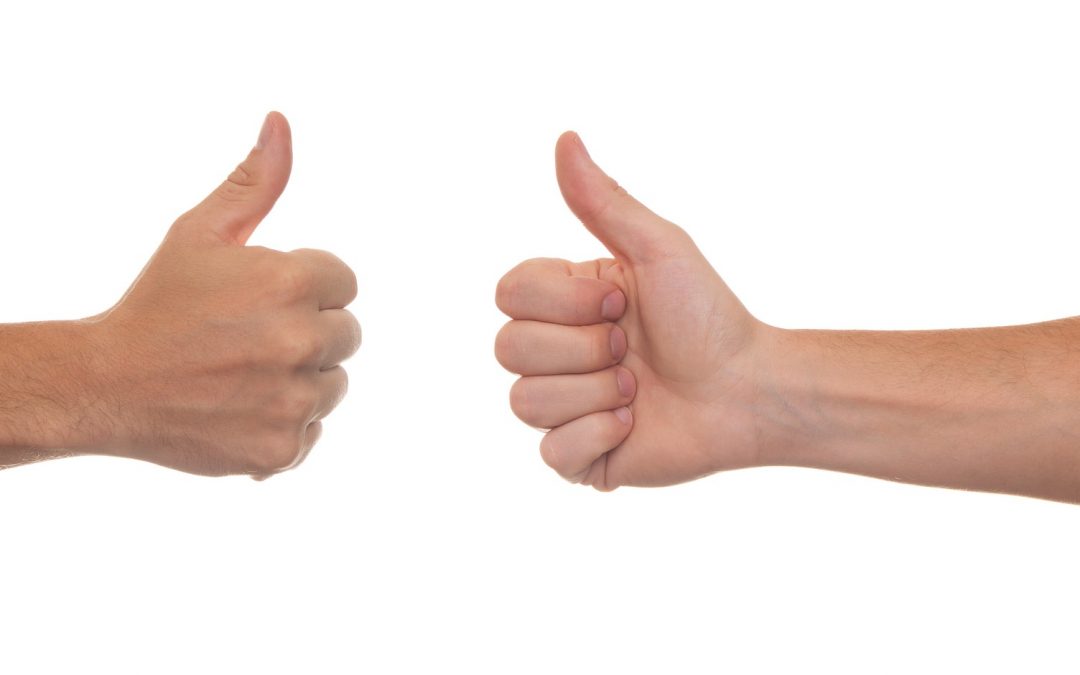
Apr 9, 2020
The Exercise Guide for stroke survivors in the Netherlands was developed some years ago, in collaboration of the medical experts from the University of Utrecht, other allied stroke professionals and Dutch stroke survivors. This booklet is usually being given to patients during their stay in the hospital or while in rehabilitation. The guide itself will be free (temporarily) for everybody. Small SSO’s can get the rights to translate in their own language for free, while the larger SSO’s will be asked to pay a small fee.
“In these crazy Corona times most Dutch stroke survivors do not get physical therapy anymore, as everything is on hold or locked down. It is important for everybody, but especially for them, to keep exercising and we are convinced this guide is a great solution for that” says Monique Lindhout, the Director of Hersenletsel.nl, adding that “Sharing with others in need and helping them in times of crisis not only makes us feel good, it also brings a real-life change for the stroke patients affected.”
The Exercise Guide is a practical tool for patients to start exercising independently from day one after a stroke. The exercises are all easy to perform either lying in bed or sitting in a chair. The exercises are divided into three levels of complexity each indicated by a different colour, and, as much as possible, everyday activities are included in the given exercises.
The benefits in using this exercise guide
According to therapists, nurses and patients, the exercise guide is a powerful and low-cost tool to intensify rehabilitation treatment for patients after stroke without the need for extra personnel.
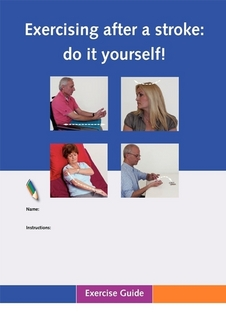
The front cover of the Exercise Guide
How to get your copy of the Exercise Guide e-book?
The e-Version of this guide will be only temporarily available for free. Hurry up and click here to follow instructions and download your own copy of the Exercise Guide.
Background
The exercise guide was developed in 2010 in the Netherlands by the University Medical Centre Utrecht and Rehabilitation Centre De Hoogstraat in collaboration with professionals of seven hospitals, rehabilitation centers and nursing homes and patients of the Dutch stroke patients association. In 2013, the exercise guide was translated into English. Currently the guide is being translated in Vietnamese and Thai. The guide is also available as an app (only in Dutch) for Apple and Android. The app is temporarily available for free.
Contact
For contact and suggestions about the Exercise Guide:
Monique Lindhout | moniquelindhout@hersenletsel.nl
Featured image by Niek Verlaan from Pixabay






 The EU funded
The EU funded 

